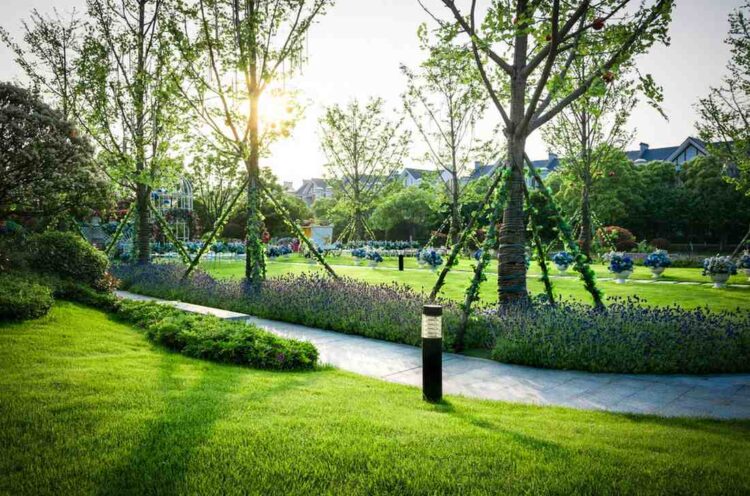Minimalist landscaping focuses on clean lines, simplicity, and intentional design to create serene, modern outdoor spaces. By emphasizing thoughtful plant placement, quality materials, and purposeful negative space, it complements contemporary architecture and busy lifestyles. Beyond aesthetics, it offers low-maintenance, resource-efficient gardens that serve as peaceful retreats.
Core Principles of Minimalist Landscape Design
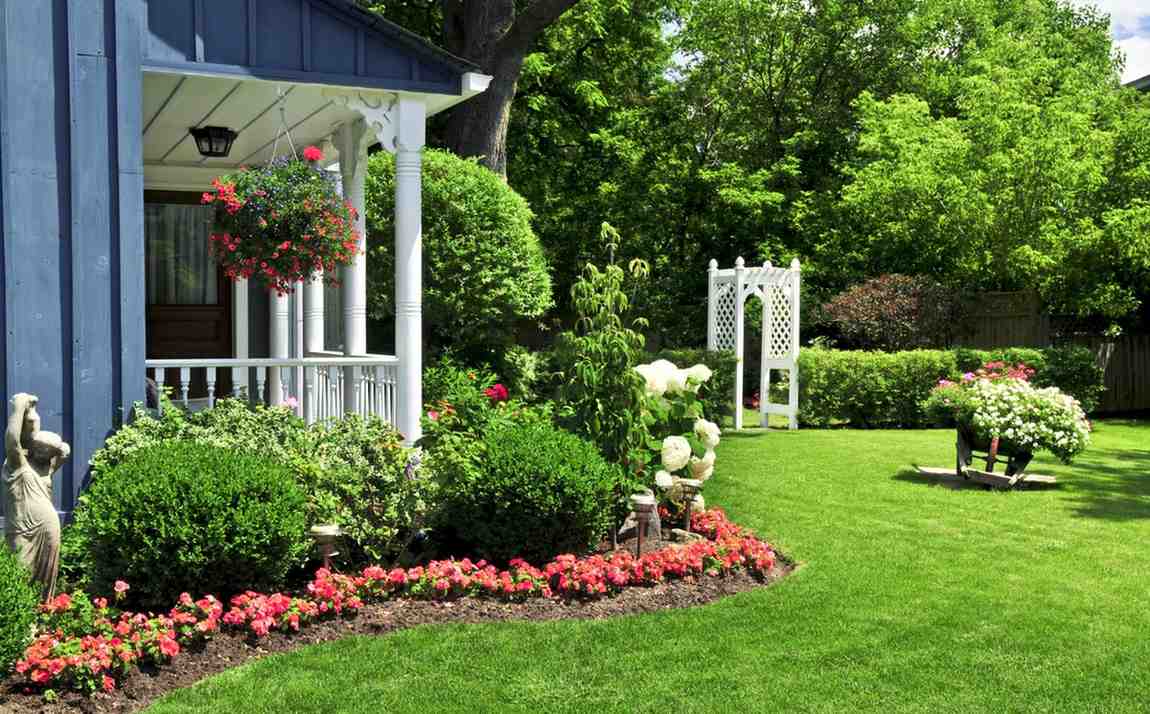
Less is More
The foundation of minimalist landscaping rests on restraint. Choose fewer plant varieties but use them more intentionally. A single type of ornamental grass planted in sweeping drifts creates more visual impact than a dozen different species scattered throughout the space.
Clean Lines and Geometric Shapes
Straight edges, perfect circles, and rectangular planting beds define minimalist outdoor spaces. Curved pathways give way to linear walkways, while geometric planters replace irregular garden borders. These crisp lines create order and complement modern architecture.
Strategic Use of Negative Space
Empty areas aren’t wasted space—they’re design elements. Large expanses of lawn, gravel, or hardscaping allow the eye to rest while highlighting featured plants or architectural elements. Negative space creates breathing room and prevents visual overwhelm.
Neutral Color Palette
Stick to whites, grays, greens, and earth tones. Bold, colorful flowers can disrupt the serene atmosphere minimalist design seeks to create. Instead, focus on varying textures and subtle seasonal changes within a cohesive color scheme.
Plant Selection: Native and Low-Maintenance Options
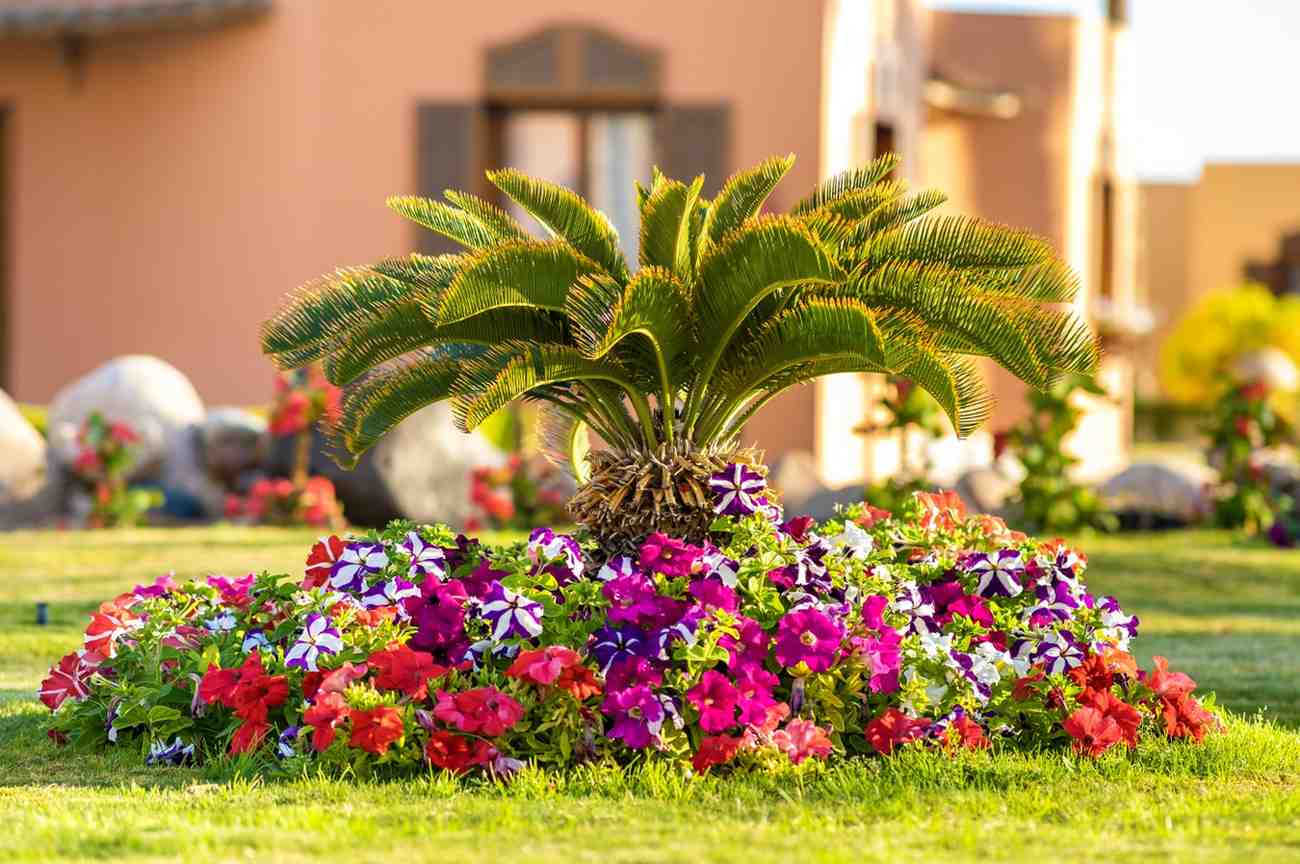
Structural Plants
Choose plants with strong architectural qualities. Ornamental grasses like fountain grass or blue fescue provide vertical interest and movement. Boxwood spheres or rectangular hedges create living sculptures that maintain their shape year-round.
Native Species
Native plants naturally thrive in your local climate, requiring minimal water and care once established. They also support local wildlife and maintain authenticity to your region’s natural landscape. Research what grows naturally in your area and select the most visually striking options.
Evergreen Foundation
Build your plant palette around evergreen species that provide year-round structure. Conifers, ornamental grasses, and broad-leafed evergreens ensure your landscape looks intentional even during dormant seasons.
Texture over Color
Instead of relying on flower color for interest, focus on contrasting textures. Combine smooth-leafed hostas with spiky yucca plants, or pair fine-textured grasses with bold, architectural succulents. These combinations create visual depth without breaking your neutral color scheme.
Healthy plant selection sometimes requires professional input. For established trees that need care, tree fertilization services like those in Utah can help maintain the structural plants that anchor your minimalist design.
Hardscaping: Stone, Gravel, and Pavers
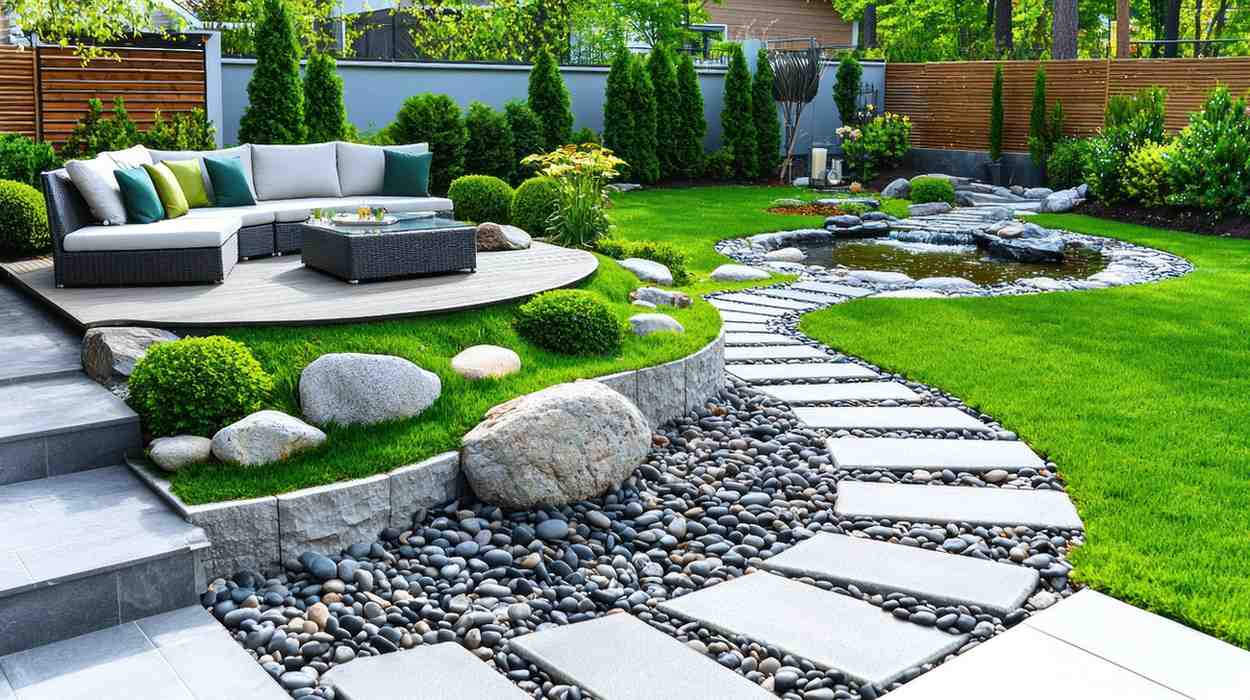
Natural Stone Elements
Large stone slabs create dramatic focal points while serving practical purposes as seating or sculptural elements. Choose stones with clean edges and uniform colors that complement your home’s exterior materials.
Gravel and Decomposed Granite
These materials provide excellent ground cover alternatives to traditional mulch. Gray or tan gravel creates uniform surfaces that highlight planted areas, while decomposed granite offers a more refined, almost concrete-like appearance that hardens over time.
Geometric Paving Patterns
Rectangular pavers laid in running bond or stack bond patterns maintain clean lines. Avoid complex herringbone or circular patterns that can feel busy. Large-format pavers or concrete slabs create seamless transitions between indoor and outdoor living spaces.
Strategic Material Repetition
Use the same hardscaping materials throughout your landscape to create cohesion. If you choose gray stone for pathways, incorporate similar stones as accent elements in planting beds or as edging materials.
Water Features and Minimalist Integration
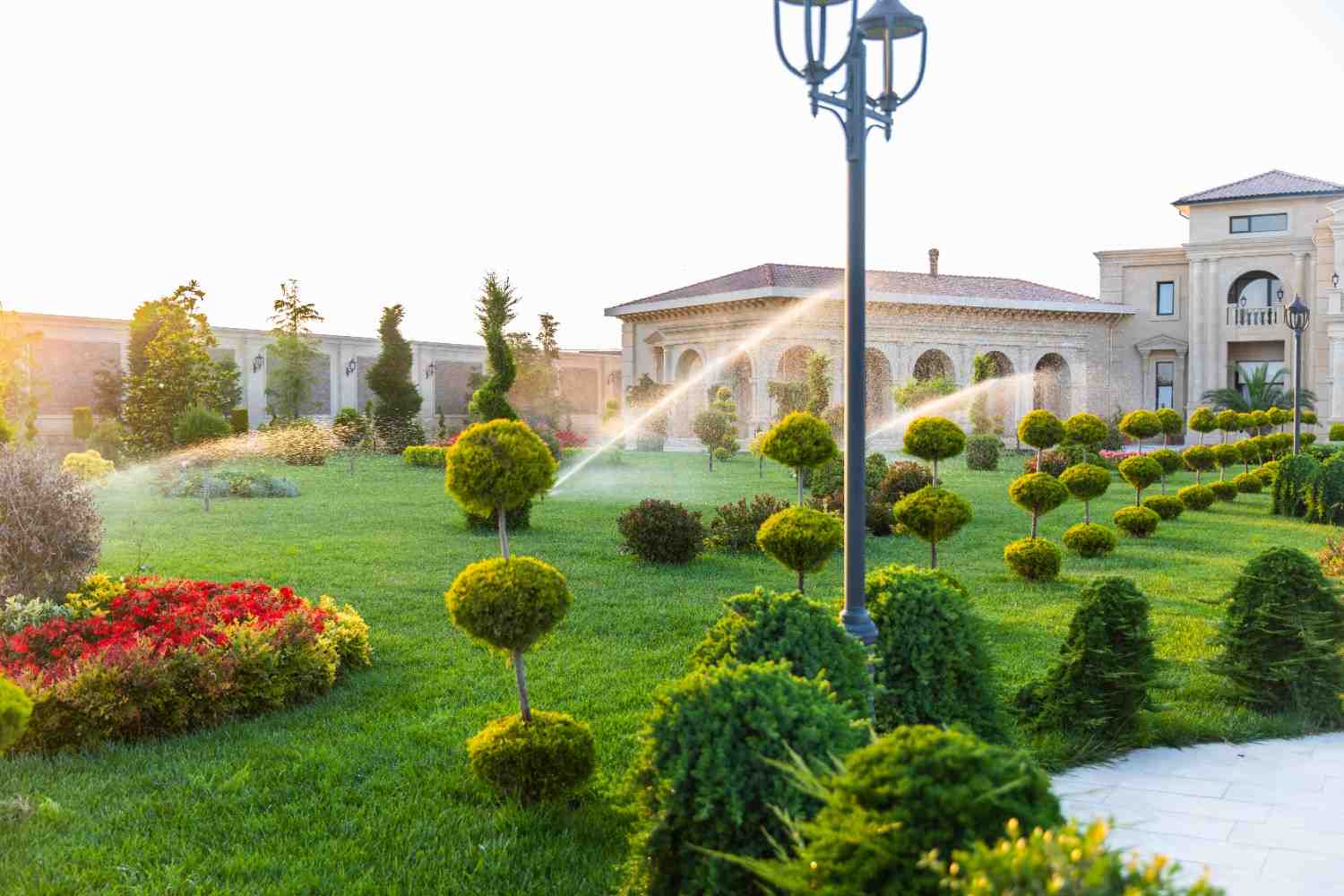
Rectangular Reflecting Pools
Simple geometric water features complement minimalist design better than naturalistic ponds or elaborate fountains. A rectangular reflecting pool creates mirror-like surfaces that double your landscape’s visual impact while maintaining clean lines.
Linear Water Channels
Narrow channels of moving water can connect different areas of your landscape while providing soothing sounds. These features work particularly well alongside walkways or as borders between different planted zones.
Single-Level Fountains
If you prefer moving water, choose simple designs with single spouts or blade-like water features. Avoid multi-tiered fountains or ornate decorative elements that conflict with minimalist principles.
Lighting for Minimalist Landscape Aesthetics
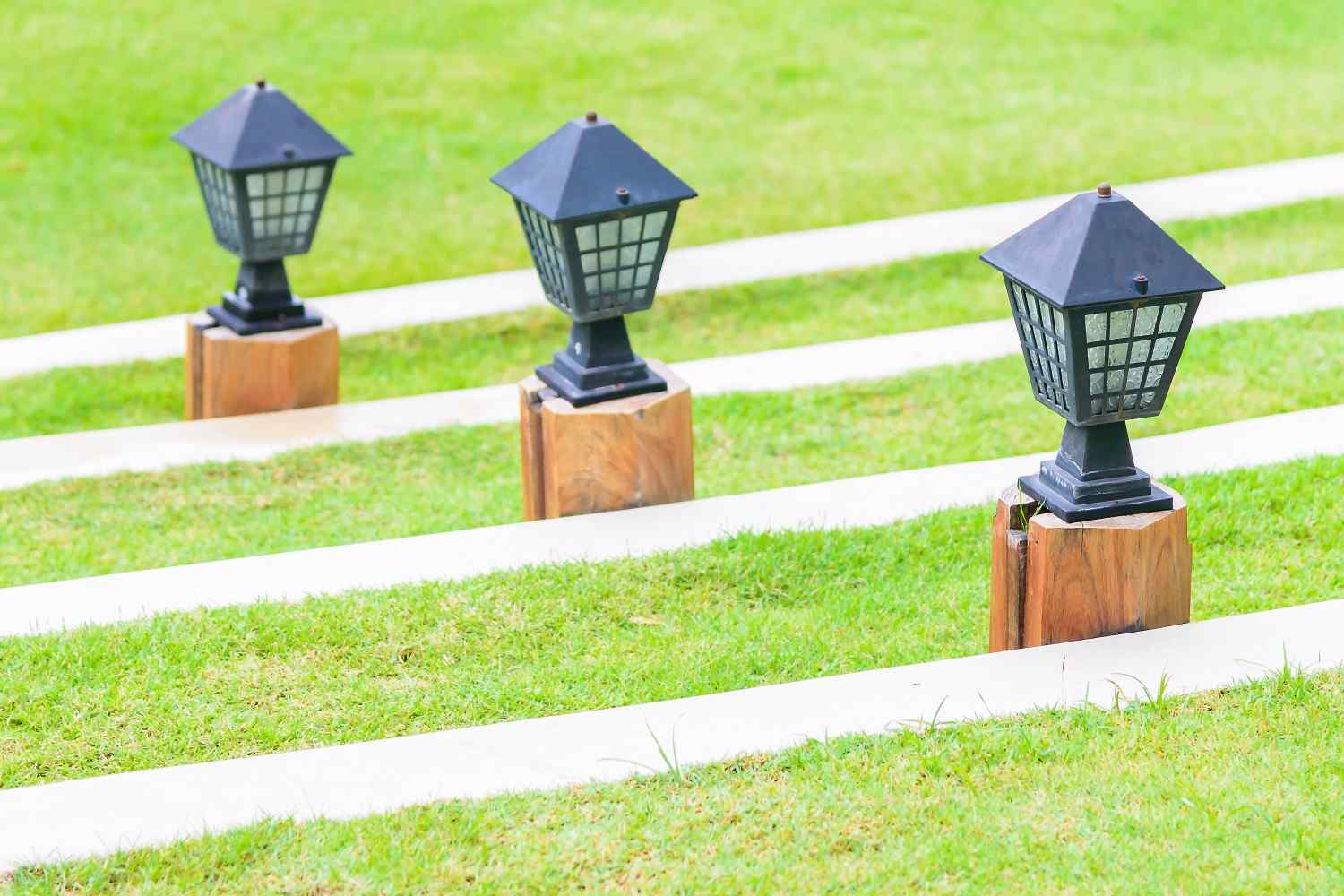
Path Lighting
Low-profile LED fixtures along walkways provide safety without visual clutter. Choose fixtures with clean geometric shapes that complement your hardscaping materials. Stake lights should be minimal and positioned to illuminate the path rather than the fixture itself.
Uplighting for Drama
Position lights at ground level to illuminate specimen trees or architectural plants from below. This technique creates dramatic shadows and highlights the structural qualities that make these plants perfect for minimalist design.
Integrated Lighting Solutions
Built-in LED strips within hardscaping elements eliminate the need for visible fixtures. Lights integrated into stair risers, retaining walls, or planter edges provide necessary illumination while maintaining clean sight lines.
Seasonal Maintenance and Upkeep Tips
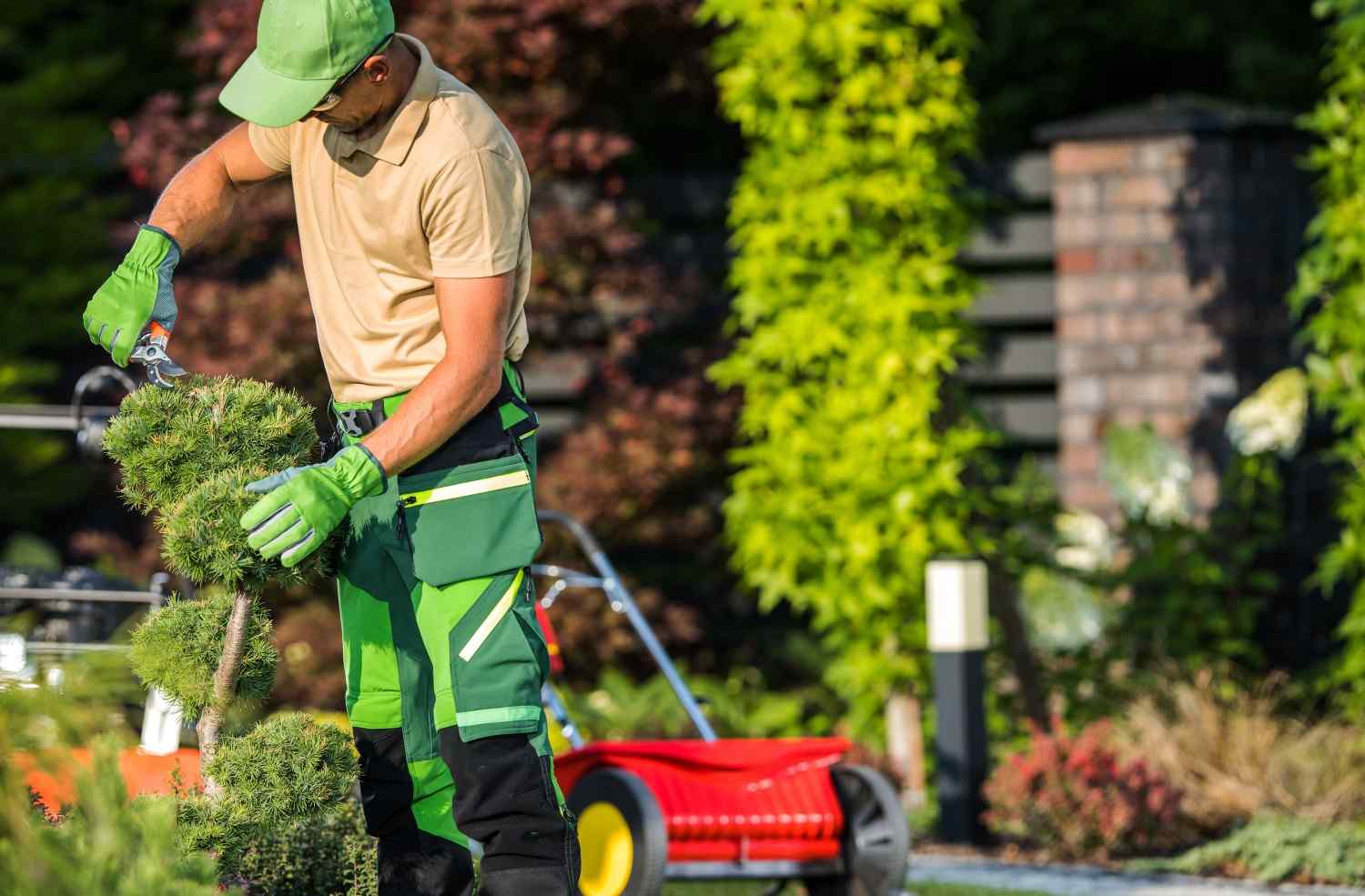
Pruning for Shape
Minimalist landscapes depend on plants maintaining their intended forms. Regular pruning keeps hedges geometric and prevents ornamental grasses from becoming unruly. Timing varies by plant type, but consistency is key to preserving your design’s integrity.
Weed Management
Weeds disrupt the clean aesthetic minimalist design requires. Pre-emergent herbicides, landscape fabric, and regular monitoring prevent unwanted plants from establishing in your carefully planned spaces.
Seasonal Plant Rotation
While permanent plantings form your landscape’s backbone, consider seasonal containers for subtle color changes. A few strategically placed pots with seasonal plants can acknowledge changing seasons without overwhelming your neutral palette.
Material Maintenance
Hardscaping materials require periodic cleaning and leveling. Pressure wash stone surfaces annually, rake gravel areas to maintain uniform appearance, and reset any shifted pavers to preserve clean lines.
Final Thoughts on Minimalist Landscaping Ideas
Minimalist landscaping focuses on simplicity and functionality to create low-maintenance, timeless outdoor spaces. With quality materials, strategic plants, and clean lines, these designs connect indoor and outdoor living while improving daily life. Start small and apply these principles gradually for a peaceful, modern look.

